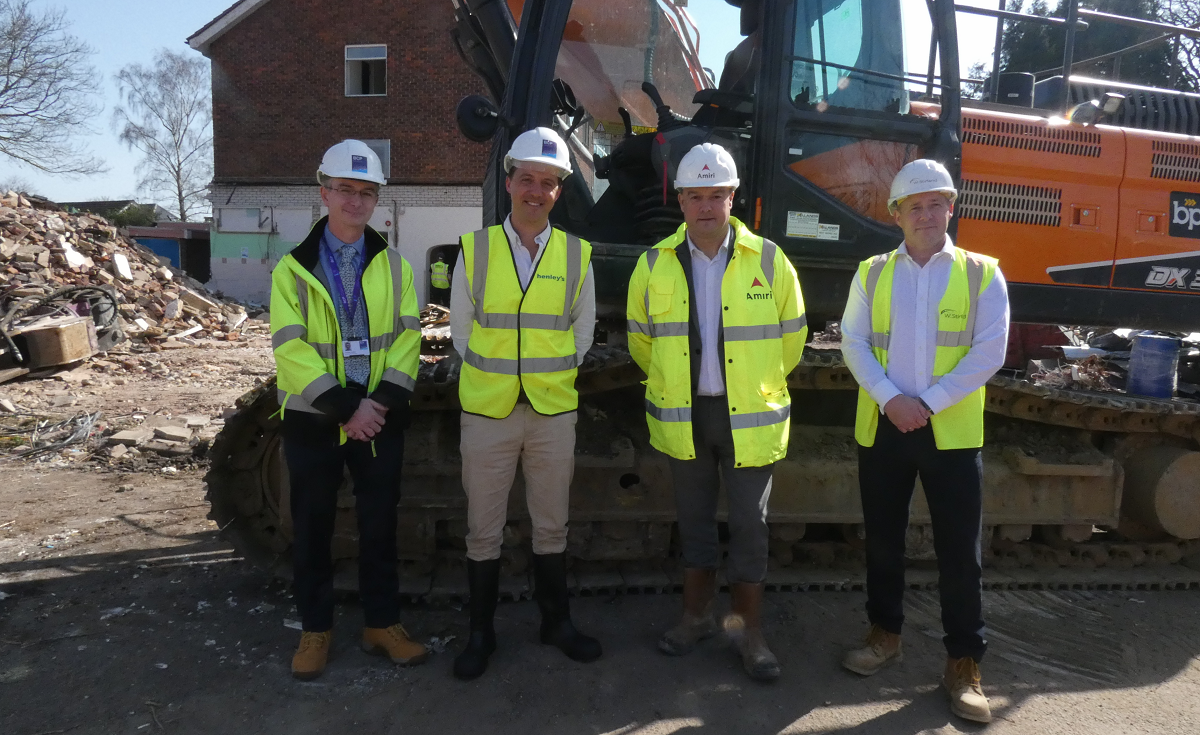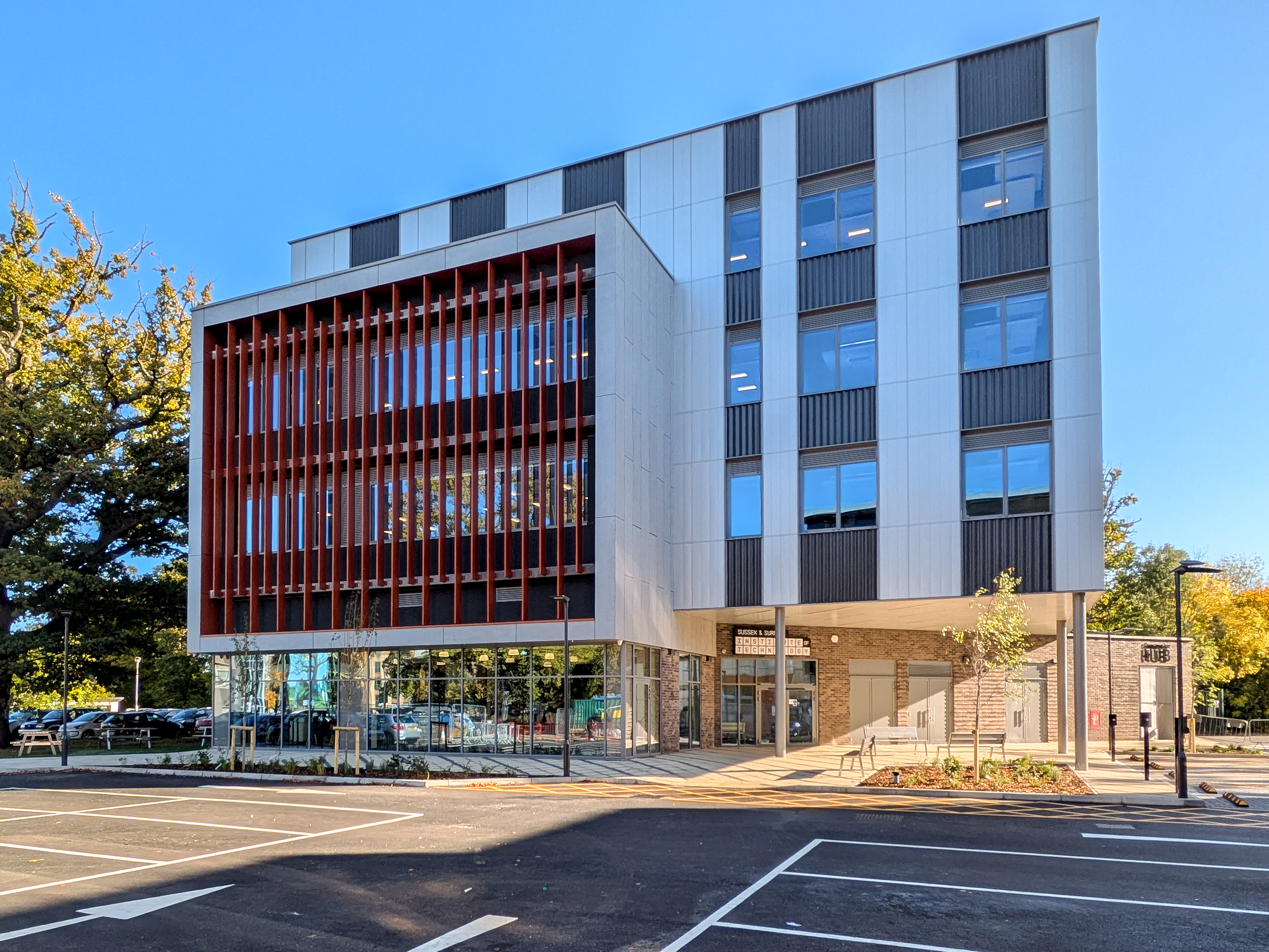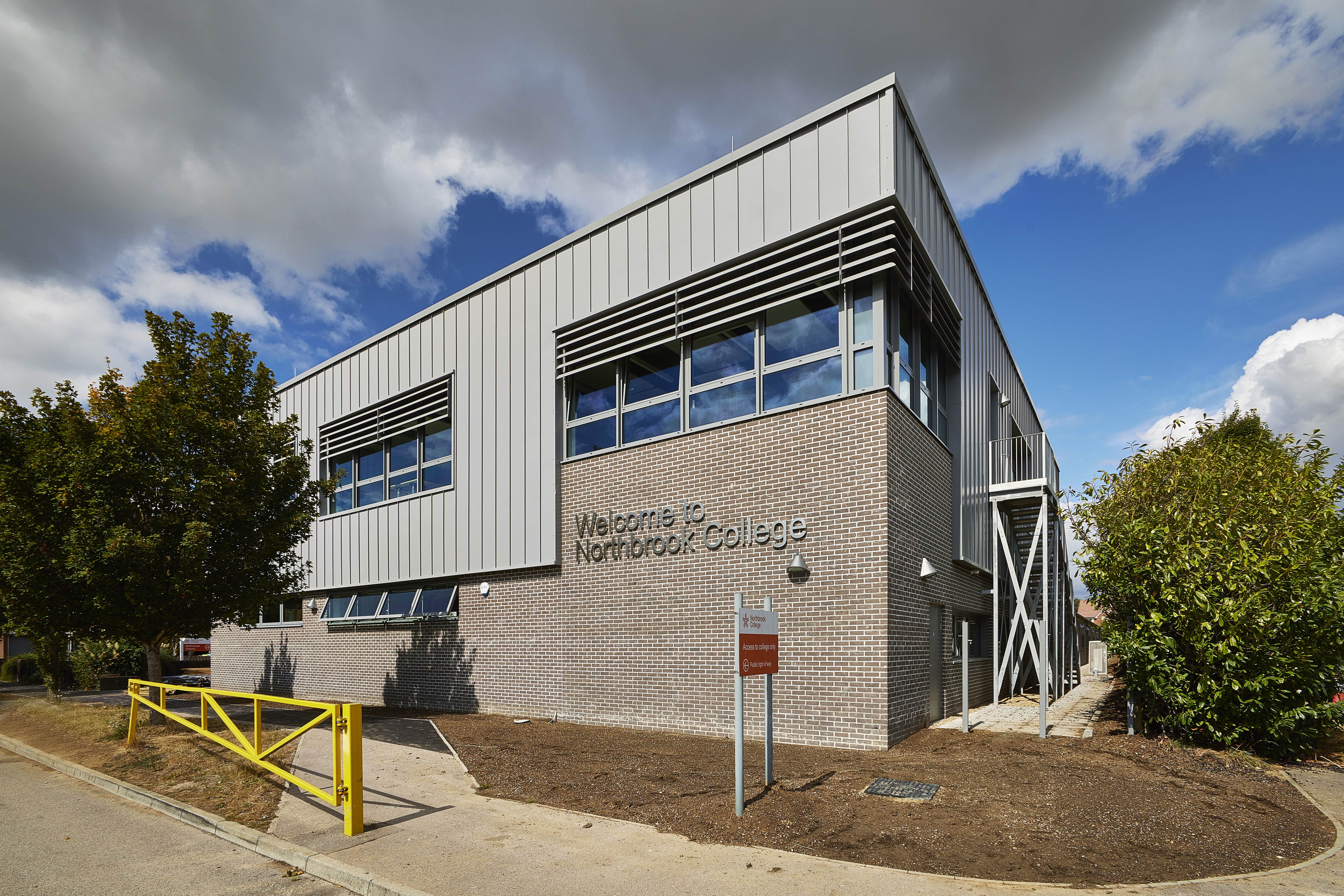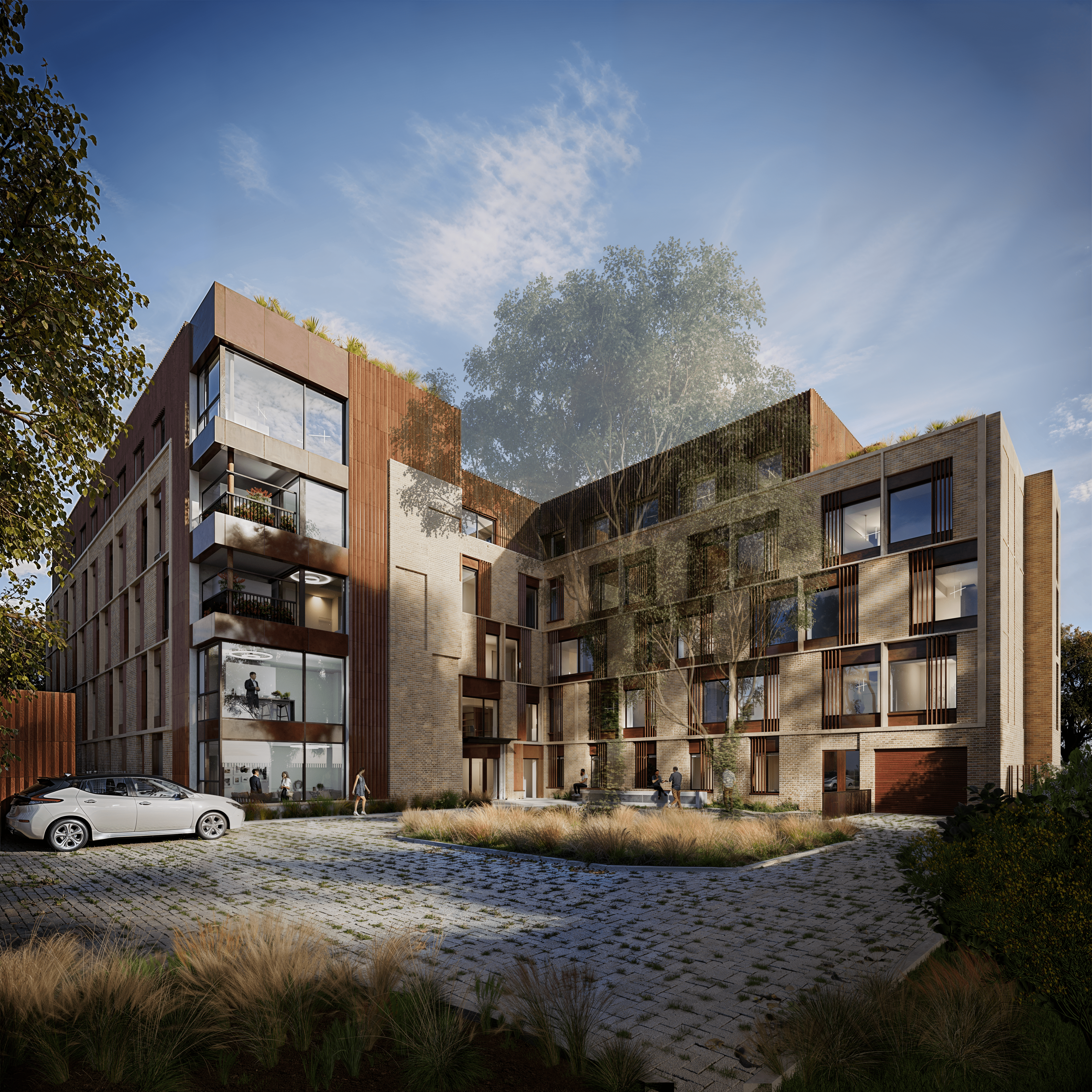Cabbage Patch Contract Award!
Ambitious programme of affordable rented homes for residents begins building in Bournemouth
Renters in Bournemouth can look forward to more fantastic homes in the future, with an exciting programme of three modern developments by Bournemouth, Christchurch and Poole Council underway this spring.
The Council Newbuild Housing and Acquisition Strategy (CNHAS) is progressing across the town with new ‘Passivhaus’ constructions that will provide much-needed additional council housing for local people seeking affordable rent and social rent homes.
The first of these is in St Stephen’s Road. A five-floor building, containing seven one-bedroom flats and four two-bedroom flats - incorporating metal artwork screening on the ground floor and car parking at ground level – will result in affordable rental flats right in the centre of Bournemouth.
The building will be constructed to the ‘Passivhaus’ standard, which requires around 90 per cent less energy than standard UK buildings; utilizing ground source heat pumps (GSHPs) that have pipes in the ground to extract heat from the earth. This energy is then used to warm radiators and generate hot water in the properties. Passivhaus achieves excellent indoor comfort with no draughts, condensation or mould, with temperatures that are comfortable in both summer and winter.
Work on St Stephen’s Road has begun already via Amiri Construction Ltd. It is anticipated that the flats will welcome their first residents early in 2023. Jon Daines, Area Director of Amiri’s Bournemouth office said: “We are very pleased to be working alongside BCP Council on their latest project. Having vast experience in the multi-occupancy residential sector, having completed similar communities before and previously delivering the first certified Passivhaus in Hampshire, we look forward to using that knowledge and delivering an exceptional Amiri project experience.”
The second 'Passivhaus' development will transform the site of the former Templeman House, a former care home in East Howe built in the 1960s, which is no longer fit for purpose and undergoing demolition. The innovative new four-storey building set to replace it boats an exciting design that will make a distinct statement in its surroundings with wood-effect cladding and buff brickwork.
The new development consists of 16 one-bedroom flats and 11 two-bedroom flats, with accompanying car parking and EV recharging points. This makes a significant contribution towards BCP Council’s new homes target; a promise to build homes for people of all incomes, as outlined in the council’s ‘Our Big Plan’.
A third development of two semi-detached family homes is also near to being finished at Mountbatten Gardens and, as with each of these Passivhaus buildings, measures such as exceptional insulation, triple-glazed windows and heat recovery will result in eco-friendly buildings that directly benefit residents by significantly reducing their fuel bills.
Councillor Karen Rampton, BCP Council Portfolio Holder for People and Homes, said: “Providing safe and affordable housing, helping people live an outstanding quality of life and shaping a cleaner, sustainable future are all key priorities for the council. These Passivhaus projects in Bournemouth combine all three of these aims and, as the Mountbatten Garden homes near completion, I can’t think of a better example of our plans helping residents in such a direct way.”
Councillor Philip Broadhead, Deputy Leader and Cabinet Member for Development, Growth and Regeneration, said:
“We have a bold ambition built-in to our council new build housing programme - to deliver on the target of 1,000 new homes over the next five years. These Passivhaus projects show the way we’re going to get there; new buildings at the cutting edge of environmental standards, modern homes for a range of different people and their incomes and projects that transform previously neglected areas of the town. I look forward to following their construction over the next year and revealing what else we have planned for more world-class regeneration and housing in 2022.”




